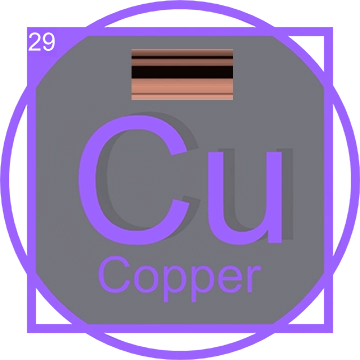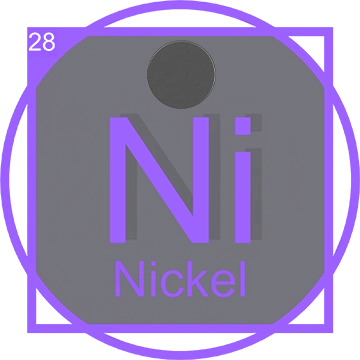The Essential Element: Cobalt (Co)
Introduction to Cobalt
Cobalt, symbol Co, is a significant metallic element in the periodic table. Known for its lustrous blue appearance and robust characteristics, cobalt has become indispensable in various industries, including electronics, healthcare, and energy.
Discovery of Cobalt

The discovery of cobalt dates back to 1735 by Swedish chemist Georg Brandt. Brandt was the first to distinguish cobalt from bismuth and other metals, marking it as a new element. His research into cobalt mainly focused on its ability to produce beautiful blue pigments which had been used even in ancient Egyptian pottery.
Position in the Periodic Table

Cobalt is situated in the 9th group of the periodic table, belonging to the transition metals. It is positioned between iron and nickel, playing a pivotal role in the table's chemical and physical relationships. Cobalt has an atomic number of 27 and an atomic weight of 58.933. Learn more about cobalt's relation and position in the periodic table.
Scientific Significance and Uses

Cobalt is renowned for its magnetic properties, high melting point, and resistance to wear and corrosion. These characteristics make it essential in the manufacturing of high-performance alloys. Its compounds are also crucial in producing vibrant blue and green pigments for glass and ceramics.
Moreover, cobalt is vital in the realm of technology, particularly in battery production. Cobalt-based lithium-ion batteries are pivotal for mobile devices, electric vehicles, and energy storage solutions, underscoring its significance in the advancement of sustainable technologies.
Conclusion

From ancient civilizations to modern technology, cobalt has played a crucial role in various domains. Its unique properties and applications not only make it a valuable resource but also a subject of ongoing scientific research. As we advance, the role of cobalt in science and technology continues to expand, promising new innovations and solutions for global challenges.
How Cobalt is Produced
Cobalt is primarily extracted as a by-product of nickel and copper mining. The process involves several stages, including mining, crushing, and froth flotation to separate cobalt from other minerals. Afterward, cobalt is refined through leaching and electrowinning to produce cobalt metal.
Major Cobalt Mines and Associated Resources

Significant cobalt mines include the Democratic Republic of the Congo's Tenke Fungurume and Russia's Norilsk Nickel. These mines often find cobalt alongside other valuable minerals such as copper and nickel.
It is also reported that Elon Musk's company obtains cobalt from New Caledonia, which also includes the Gore Mine.
Current Uses of Cobalt
Today, cobalt is crucial in the production of rechargeable batteries, including those used in electric vehicles and portable electronics. It is also used in the manufacture of superalloys, which provide high strength and resistance to thermal creep deformation, critical in jet turbines and gas turbine engines.
The Future of Cobalt

Science and technology are continuously advancing the applications of cobalt. Future developments could see enhanced battery technologies that reduce cobalt content while maintaining performance, thus easing ethical concerns and supply limitations. Research is also exploring cobalt's role in catalysis and its potential to help develop renewable energy sources.












